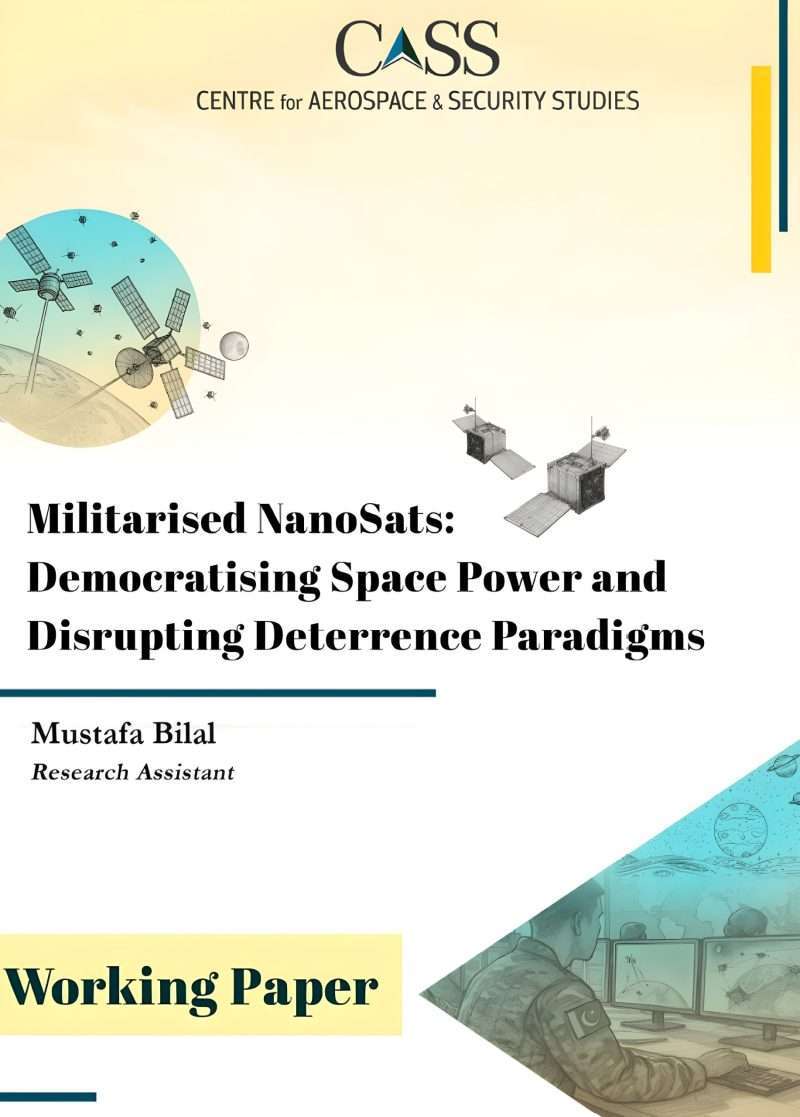This paper examines the militarisation of NanoSats and applies the U.S. Space Force’s Competitive Endurance framework to explore their potential military utility for space-based Intelligence, Surveillance, and Reconnaissance (ISR), Earth Observation (EO) and terrestrial tactical responsiveness. While military NanoSats could offer redundancy in case of adversarial attacks, their dual-use ambiguity and proliferation rate challenge traditional deterrence paradigms. This complicates attribution and managing escalation control. Moreover, military utility of NanoSats is constrained compared to larger satellites as commercial off-the-shelf (COTS) components in military NanoSat development risk cyberattacks, radiation vulnerabilities, diminish sensor ability, and decrease operational life. This highlights the fundamental trade-off of military NanoSats: affordability and modularity enable rapid deployment but expose them to adversarial exploitation. The United States military and aerospace firms have spearheaded the militarisation of NanoSats. Meanwhile, the military NanoSat programmes in several other states highlight how they can democratise space power. Military-commercial collaboration in NanoSat development further blurs the boundaries between civilian and military space operations. Therefore, proliferated deployment of military NanoSat constellations risks exacerbating orbital congestion and crisis misperception. This underscores the imperative of reconciling military innovation in NanoSat development with collective space sustainability, urging stakeholders to balance military advantages of NanoSat constellations with the risk of destabilising Earth’s orbit.

Share this article

Emerging Geopolitical Alliances and Implications for Pakistan
The year 2025 has dramatically reshaped global and regional geopolitics through a series of crises: the India–Pakistan war, the Israel–Iran confrontation, and renewed instability on the Pakistan–Afghanistan border.

Pakistan in 2025
As 2025 draws to a close in few days, it is time to reflect back on the chain of events that have shaped the year. Apart from the typical highs and lows – the year saw some unprecedented events that will have a lasting imprint.

Cognitive Dominance in Air Power Employment: From Machines to Minds
In contemporary air warfare, there is a silent battle that begins long before the first missile is fired: the battle of the mind. The Indo-Pakistan conflict of 2025 reaffirmed this truth. In that short but decisive engagement, Pakistan Air Force (PAF) demonstrated that in modern warfare, victory is no longer about airframes destroyed but in the mastery of cognition, which is the ability to think faster, act smarter and control perception under stress. To make victory second nature, institutionalisation of cognitive gains through AI, cross-domain integration and leadership development is paramount for modern air forces.

